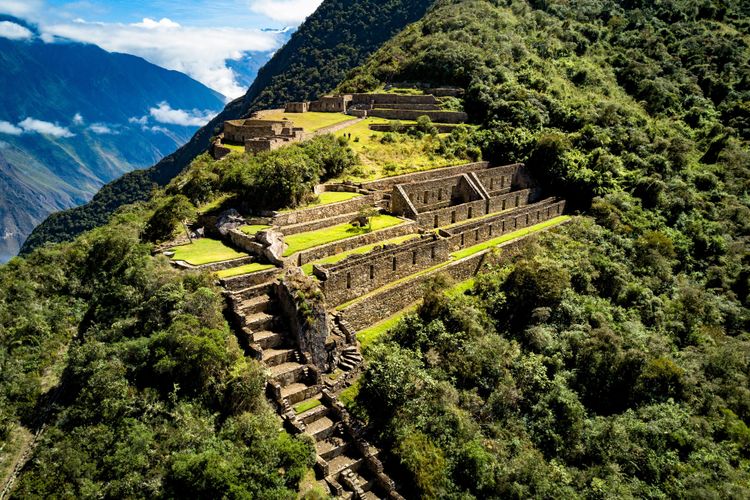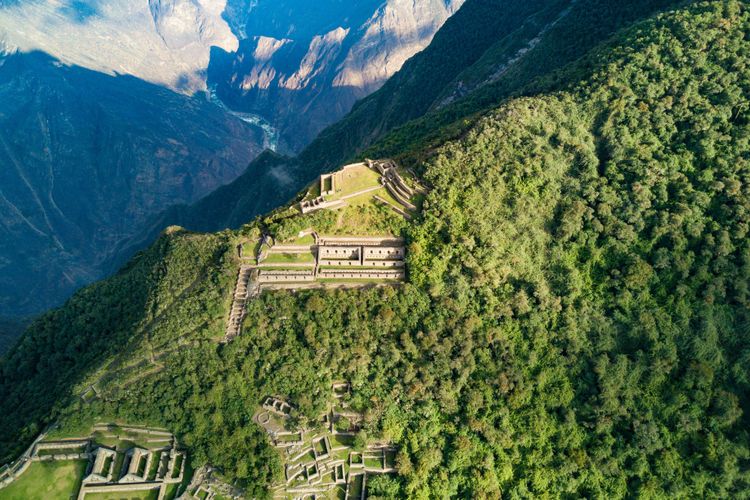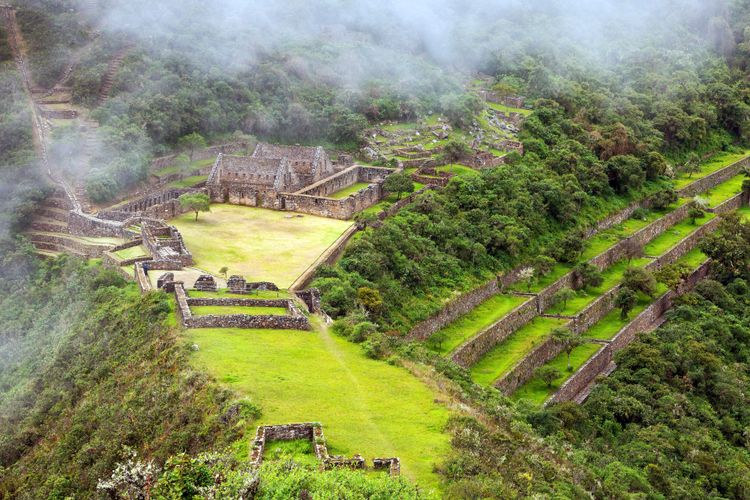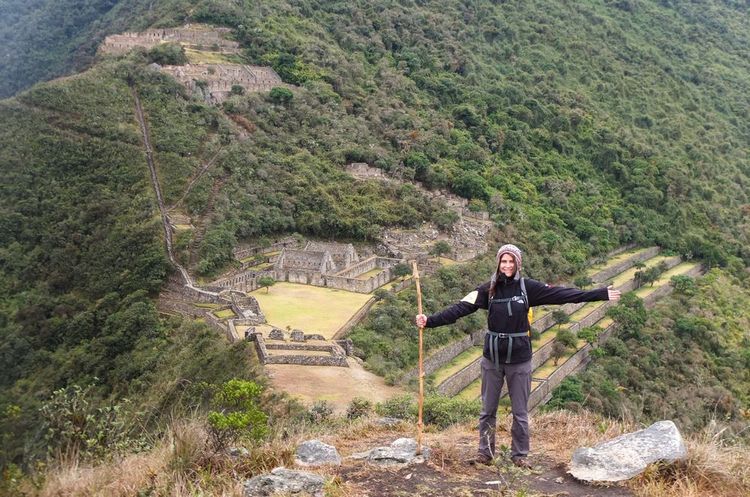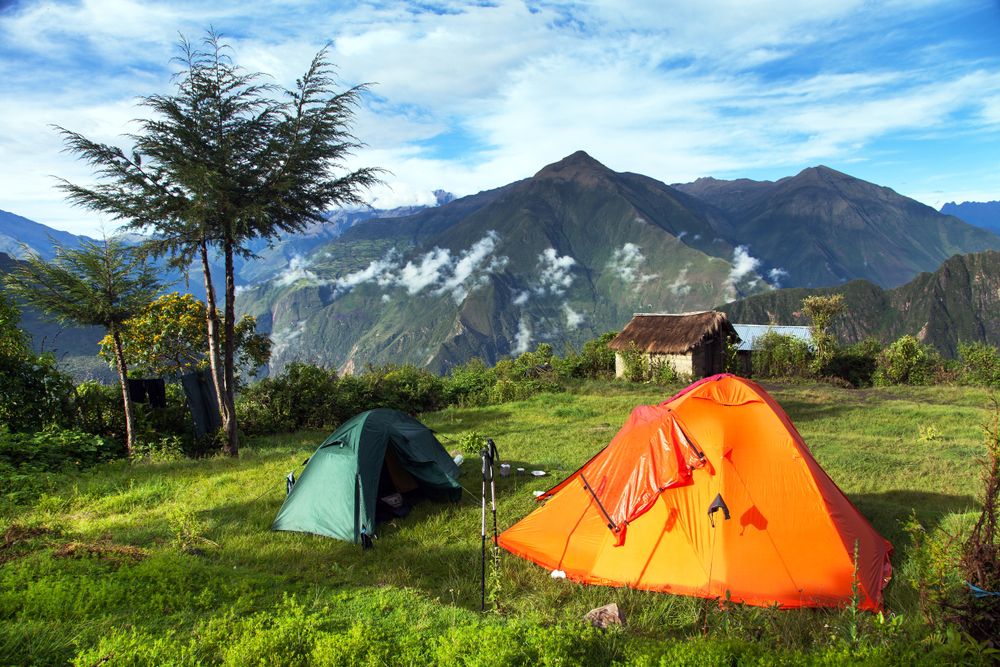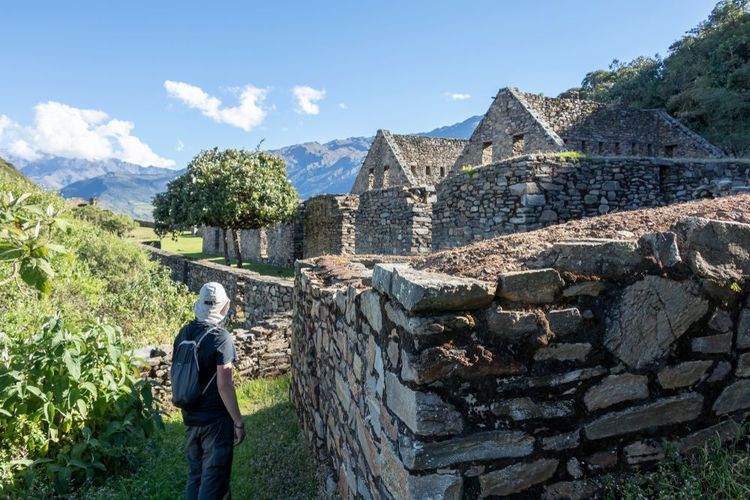A refuge city forgotten in the history books
The forgotten citadel of Choquequirao lies hidden in the mountainous valley of Vilcabamba, in the southern Andes, in the department of Cuzco. Surrounded by an aura of mystery, the city that dominates the steep slopes of the Apurimac river was the last refuge of the Incas after the arrival of the Spanish in Peru in 1536, before being abandoned more than 400 years ago.
The citadel is said to have been built under the nature-loving Inca Pachacutec (1400-1471) and linked to the sanctuaries of Vilcabamba and Machu Picchu. It is thought to have housed at least a thousand people, including the Inca's family, soldiers, priests, craftsmen and peasants.
It was French explorers who first "rediscovered" the city of Choquequirao in the 19th century. Archaeologists then set about restoring it, wall by wall, until the stones of this city, choked by the semi-tropical forest, were brought back to life.
